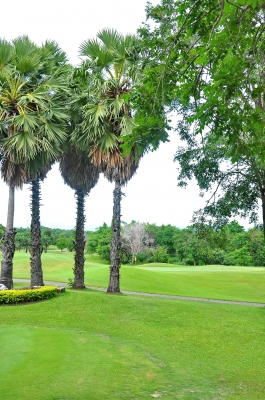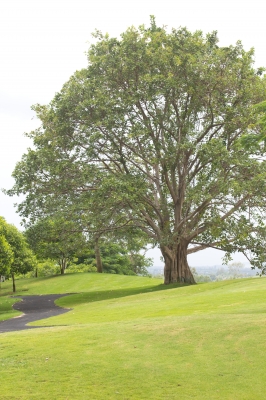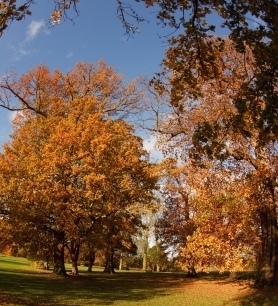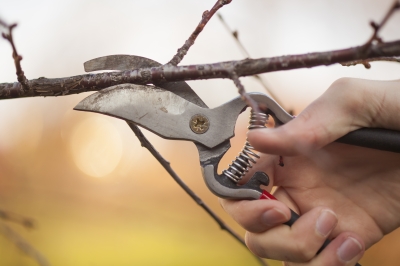 Applying mulch will improve the soil and enhance the overall appeal of your garden. Covering garden beds with a layer of good mulch keeps weeds down and minimises the need for watering. Also, annual weed seeds are less likely to germinate and grow, so long as the soil is covered with sufficient amount of mulch to keep the surface of the soil in the dark.
Applying mulch will improve the soil and enhance the overall appeal of your garden. Covering garden beds with a layer of good mulch keeps weeds down and minimises the need for watering. Also, annual weed seeds are less likely to germinate and grow, so long as the soil is covered with sufficient amount of mulch to keep the surface of the soil in the dark.
A thin layer of mulch reduces evaporation from the soil's surface. A thicker layer of mulch can reduce water use by as much as 50%.
Mulches vary in their texture, appearance, and makeup, which will affect the way you use them. The following are some examples:
Different Appearances
For a nice, relaxing, and natural-looking garden, use dark-coloured organic mulches made of compost or tree bark. For a garden that is brilliant-looking, you can use a bright gravel mulch. In a functional garden such as a vegetable garden, straw makes a perfect mulch. Avoid beauty bark or coloured mulch.
Soil Enhancement
When organic mulch decomposes, it adds organic materials to the soil, enriching it. But do not apply too thick layers of mulch as it will generate too much heat which can kill a plant or a tree.
Texture
To get best results from using just a thin layer of mulch, look for a fine-textured mulch such as double-shredded bark, cocoa hulls, or compost. For an airy mulch, look for thicker layers of rough-textured mulches such as bark chunks or straw.
For quality and affordable mulch supplies Perth, check out the website of WA Tree Works by following the link.
Updated: Wednesday, 8 January 2014 10:36 PM EST
Post Comment | Permalink | Share This Post





